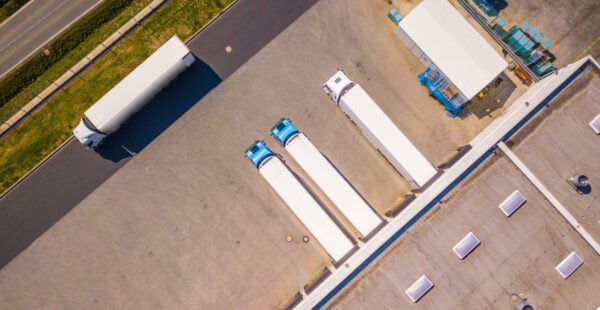Australia’s key property sectors hit by pricing gaps

The gaps in pricing positions in Australia’s largest sectors and markets of commercial real estate contribute to its status as one of the worst performing global markets, according to MSCI Real Assets report.
This means that restoring long-term liquidity levels can take longer until valuations adjust and price expectations converge.
The gap in price expectations, according to the model which describes the amount sellers would need to shift their price expectations to bring transaction activity “back to normal”, is particularly stark between Singapore’s office markets and Australia major markets.
For example, the gap in price expectations stands at 30.8% and 28.4% in the Sydney and Melbourne office market, respectively, meaning sellers in Sydney would need to lower their by 15.4% to restore liquidity.
By contrast, the gap between buyers and sellers in the Singapore’s office market stood at just -1.4% during the second quarter, which indicated that the implied additional price movement needed to restore liquidity was just 0.7%.
According to the report, over the last two and a half years, this modeled price adjustment has never exceeded 2.8%, which goes some way to explain why the Singapore office market has remained relatively more liquid than many others.
Looking at the more general trends, Q2 also saw Australia’s commercial property market continue its significant slowdown with transaction volume totalling just $7 billion, which represented its worst second quarter performance since 2011.
Transaction activity for the first half of 2023 amounted to just $14.2 billion, a 62% decrease compared to the same period last year, and a 23% decline relative to 2020.
At the same time, deals were taking longer to finalise due to difficulties in obtaining financing because of increased costs of capital.
The industrial sector had a subdued start to 2023, following its strong performance and popularity in recent years, in the second quarter, and transaction volume amounted to just over $2.4 billion, marking a year-over-year decline of 62%.
The overall quarterly total return for the index was -2.8% for Q2 2023, with the office funds being the main culprits, recording a 5.2% fall in capital growth.
Office funds recorded an annual total return of -4.4%, comprising capital growth of -7.9% and an income return of 3.7%.
“This is the first significant write-down in values for the sector and was widely expected as global markets have already seen substantial adjustments in the office space,” the report said.
The data also showed that private investors, who traditionally dominate the market during market uncertainty, accounted for 51% of total transaction volumes, higher than their share in H1 2022.
Although overseas investors, mostly from the APAC region, increased their activity in Australia in Q2 and deployed more than $2.8 billion, which represented around 39% of overall acquisitions in Q2 2023 and marked a significant jump from $500 million spent in Q1, year-to-date activity was still 68% lower than the first half of 2022 (at $3.3 billion).
Another significant change in spending pattern was diminished investment in the Australian office sector, which historically was the top choice for offshore investors when allocating capital in Australia and accounted for 49% of all overseas acquisitions between 2018 and 2022.
In 2023, the office sector’s share of acquisitions has plummeted to just 15% as foreign investors started to redirect their capital towards sectors such as build-to-rent (BTR) which has experienced the most substantial influx of investment.
According to MSCI, the BTR sector momentum was helped by the recent announcement by the federal government regarding BTR assets in managed investment trusts (reducing the withholding tax rate for overseas investors from July 1, 2024) which was met positively in the industry.
Cross-border investors have accounted for 48% of units that have either been completed or are currently under construction in Australia since 2015.











Mr Molino was never the member for Fraser in the ACT. The seat was renamed Fenner for the 2016 election…
Govts disastrous failures. 20 years of morons in Canberra and look at the results. Housing & Fin Advice two very…
The PHD in economics is the scariest. How many academics actually understand the real world
Money is leaving at a slower rate with this being considered by AMP management as a positive. Australia's Money Pit…
"Our recently launched digital advice solution for AMP Super members is providing simple, intuitive retirement advice at no extra cost.”…